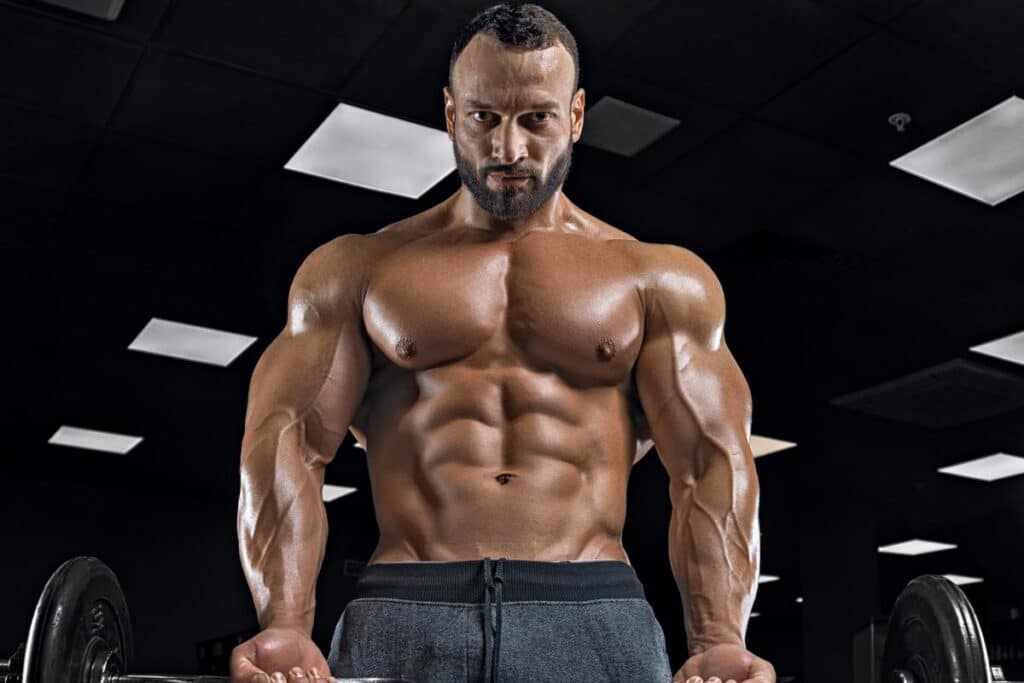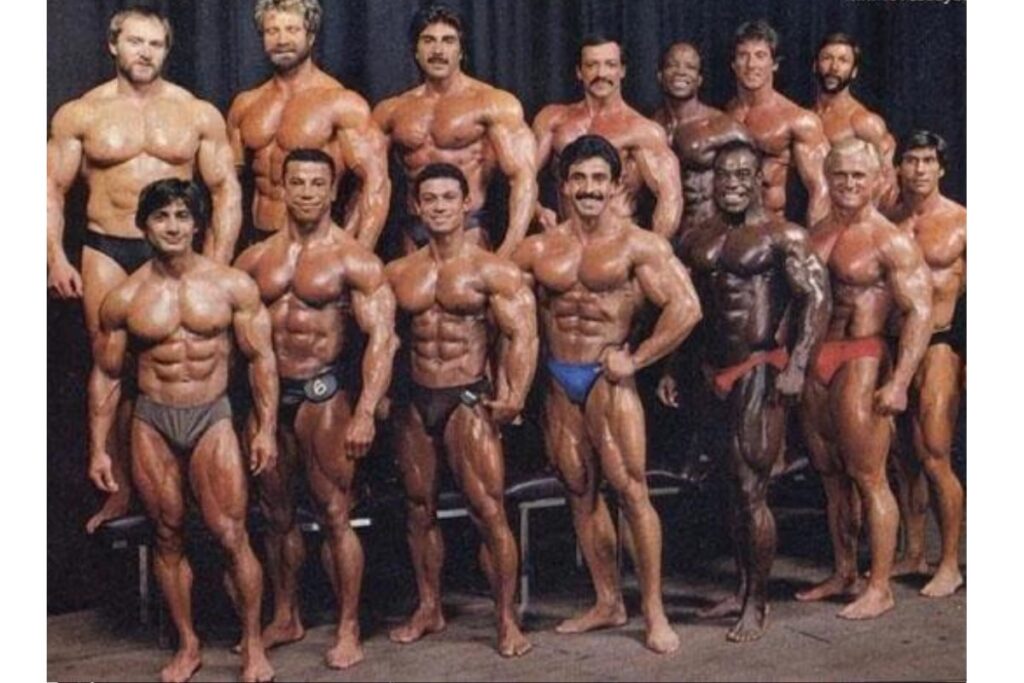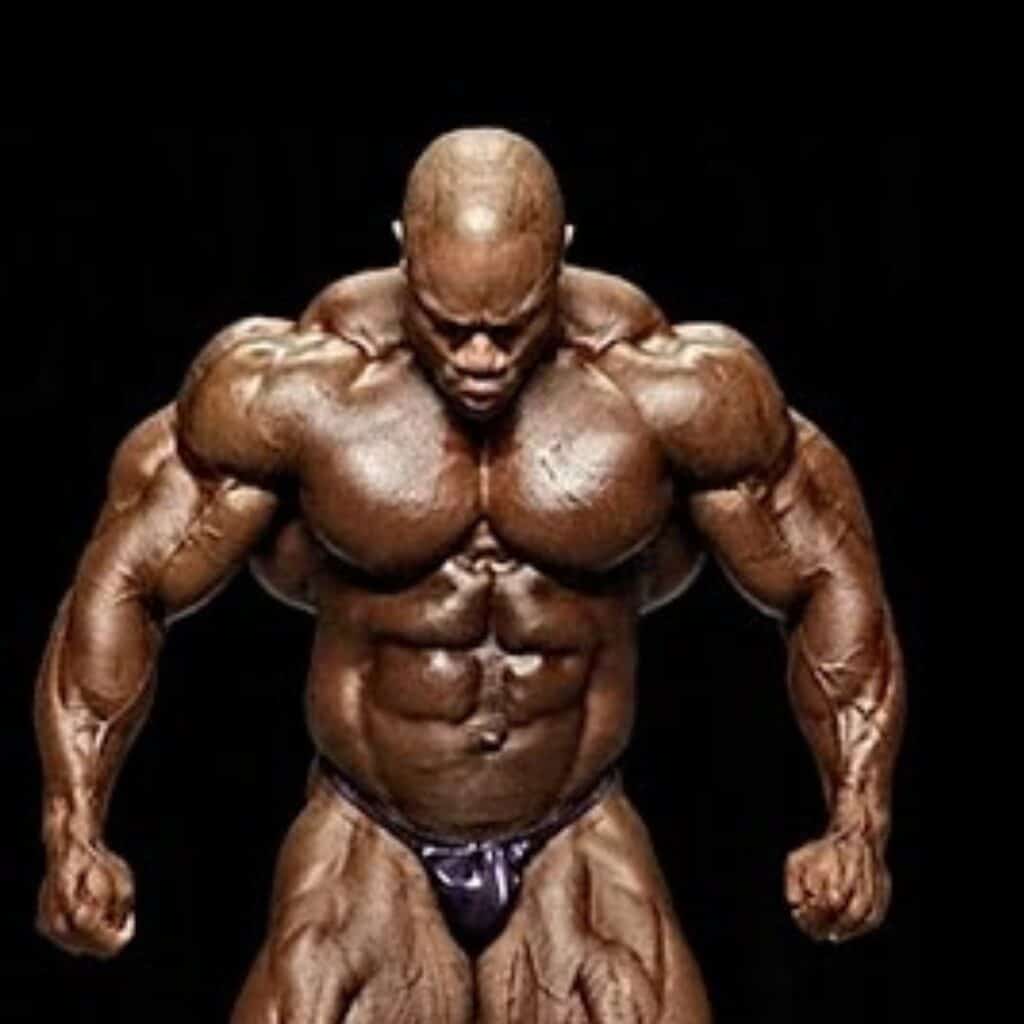The Silver Era of bodybuilding, a period that spanned from the late 1940s to the early 1960s, was a defining era in the history of bodybuilding. It was a time marked by a shift from the classical physiques of the earlier times to a more modern approach to muscle development.
This era was epitomized by bodybuilders who focused on achieving a balanced, symmetrical, and aesthetically pleasing physique, representing a blend of strength, health, and artistry. Iconic figures of this period include Steve Reeves, known for his classic “Grecian” physique, which set the standard for aesthetic appeal; Reg Park, a pioneer in the development of mass and strength who inspired future generations, including Arnold Schwarzenegger; and Bill Pearl, whose impressive symmetry and muscularity won him multiple Mr. Universe titles.
These bodybuilders not only shaped the standards and practices of their time but also left a lasting legacy that continues to influence the principles of bodybuilding and fitness today.
The Iconic Physique of the Silver Era of Bodybuilding
Silver Era bodybuilders had impressive physiques that included full muscle bellies, wide thighs, and broad shoulders—all of which have become the standard today. They were also known for having smaller waists than modern bodybuilders, giving them a more symmetrical look.
This is partly due to their focus on aesthetic training rather than mass building, which is the norm nowadays. As a result of this focus on symmetry and proportionality, many people consider Silver Era bodybuilders some of the most aesthetically pleasing people they have ever seen.

Training Regimen
Another thing that set the Silver Era of bodybuilders apart from their modern counterparts was their training regimen. They rarely trained with heavy weights but instead focused on using lighter weights with higher reps and slower movements.
This method allowed them to achieve maximum muscular contraction while avoiding injury or overtraining. Additionally, they emphasized nutrition and rest, which are essential for building a quality physique.
Silver Era of Bodybuilding Legacy
Today, the Silver Era of bodybuilding has been replaced by newer styles of lifting that prioritize size over aesthetics. As the silver era of bodybuilding gave way to the golden era of bodybuilding which was ushered in by bodybuilders such as Arnold Schwarzenegger, Franco Columbo, and Lou Ferrigno.
However, many still admire the classic physiques created during this era and strive to recreate them using modern techniques such as high-intensity interval training (HIIT) and functional strength training (FST).
Furthermore, by studying how the Silver Era of bodybuilders trained, we can gain insight into how best to prepare our bodies for maximum results with minimal risk of injury or overtraining.

The Last Word on A Look at the Silver Era of Bodybuilding
The Silver Era of bodybuilding has left an indelible mark on the sport that continues to inspire lifters today. By focusing on aesthetic training rather than mass building, these legendary athletes achieved physiques that are still admired after all these years.
They also placed great emphasis on nutrition and rest—often overlooked in modern times—creating a holistic approach to fitness that is still relevant today.
For anyone looking for inspiration from past legends or tips for achieving peak performance without risking injury or overtraining, looking back at how Silver Era bodybuilders trained can provide valuable insights into how best to approach your workout regimen!
If you love bodybuilding, share this article on Facebook or Twitter so that others can learn more about building muscle.
Silver Era Bodybuilding Q & A: Timeless Techniques for Today’s Fitness Journey
Q1: What defines the Silver Era of bodybuilding, and why is it relevant today?
A: The Silver Era of bodybuilding, spanning the 1940s to the early 1960s, is defined by its focus on symmetry, proportion, and the classic “V” shape physique. Unlike the mass-centric goals of modern bodybuilding, Silver Era techniques emphasized aesthetic beauty and functional strength. This era is relevant today for those seeking a balanced and sustainable approach to fitness, valuing overall health and well-being alongside physical appearance.
Q2: What were the key training principles used by Silver Era bodybuilders?
A: Silver Era bodybuilders primarily focused on compound exercises, like squats, deadlifts, and bench presses, which work multiple muscle groups simultaneously. They also practiced full-body routines, often working out 3-4 times a week, allowing ample recovery time. Another principle was the use of free weights, which engage stabilizing muscles and promote better muscle coordination and growth.
Q3: How did Silver Era bodybuilders approach nutrition?
A: Nutrition in the Silver Era was less scientifically advanced but focused on whole, unprocessed foods. Their diet consisted of high protein intake from sources like eggs, milk, and meat, combined with natural carbohydrates from fruits, vegetables, and whole grains. Unlike modern high-calorie bulking, they aimed for a balanced diet to maintain lean muscle mass.
Q4: Can modern athletes incorporate Silver Era of bodybuilding techniques into their routines?
A: Absolutely. Modern athletes can benefit from incorporating the principles of compound movements, balanced nutrition, and adequate rest into their routines. These timeless techniques promote a holistic approach to fitness, focusing on strength, flexibility, and endurance, rather than solely on muscle mass.
Q5: What were some unique practices of Silver Era bodybuilders that might be overlooked today?
A: Silver Era bodybuilders often engaged in activities like gymnastics and swimming to enhance their flexibility and cardiovascular fitness. They also practiced posing rigorously, which helped develop muscle control and mind-muscle connection, an often-overlooked aspect in modern training.
Q6: How did Silver Era bodybuilders manage recovery and injury prevention?
A: Recovery was managed through adequate rest and avoiding overtraining. Silver Era bodybuilders understood the importance of letting the body heal, often using techniques like massage, sauna sessions, and sufficient sleep. They also focused on proper form and gradual progression in their exercises to prevent injuries.
Q7: What can today’s fitness enthusiasts learn from the Silver Era’s approach to aesthetics?
A: Today’s fitness enthusiasts can learn the importance of striving for a well-proportioned and symmetrical physique, rather than just aiming for size. The Silver Era’s approach to aesthetics teaches us the value of a physique that is not only impressive but also functional and healthy.
Q8: How does the Silver Era’s philosophy differ from contemporary bodybuilding?
A: The main difference lies in the goals: Silver Era bodybuilding emphasized aesthetic beauty, symmetry, and overall health, whereas contemporary bodybuilding often prioritizes muscle size and definition above all. The Silver Era’s philosophy might appeal more to those seeking a sustainable, health-focused fitness lifestyle.
Q9: Are there any Silver Era of bodybuilding-inspired fitness programs available today?
A: Yes, there are fitness programs inspired by the Silver Era’s principles, focusing on compound movements, balanced nutrition, and overall physical and mental well-being. These programs often blend traditional techniques with modern scientific understanding, offering a holistic approach to fitness.




